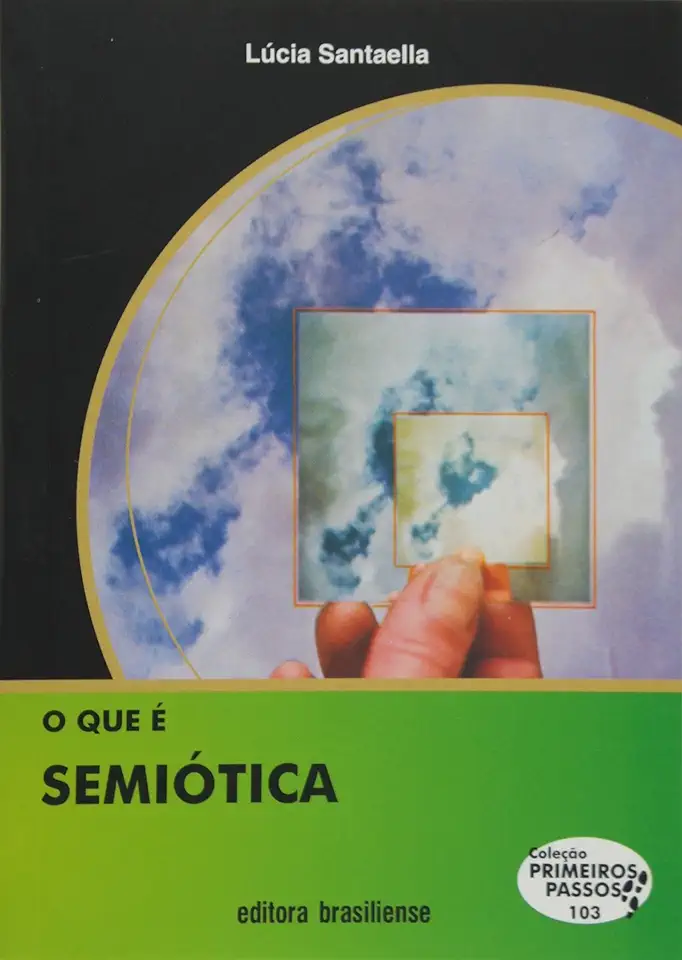
What is Semiotics - Lúcia Santaella
What is Semiotics?
An Introduction to the Study of Signs
Semiotics is the study of signs and symbols and how they are used to communicate meaning. It is a vast and complex field that encompasses everything from the study of language to the analysis of visual images. In this book, Lúcia Santaella provides a comprehensive introduction to semiotics, exploring its history, key concepts, and applications.
The History of Semiotics
The study of signs has a long and rich history, dating back to the ancient Greeks. However, it was not until the 20th century that semiotics emerged as a distinct discipline. This was due in part to the work of Ferdinand de Saussure, who developed a structuralist approach to semiotics that focused on the relationship between signs and the systems in which they are used.
Key Concepts in Semiotics
Semiotics is a complex field with a rich vocabulary. Some of the key concepts that Santaella discusses in this book include:
- Sign: A sign is anything that stands for something else. This can include words, images, sounds, gestures, and even objects.
- Symbol: A symbol is a type of sign that has a conventional meaning. For example, the American flag is a symbol of the United States.
- Icon: An icon is a type of sign that resembles the thing it represents. For example, a picture of a dog is an icon of a dog.
- Index: An index is a type of sign that is causally related to the thing it represents. For example, smoke is an index of fire.
- Code: A code is a system of signs that are used to communicate meaning. For example, the English language is a code that uses words to communicate meaning.
Applications of Semiotics
Semiotics has a wide range of applications, including:
- Communication: Semiotics can be used to analyze how people communicate with each other, both verbally and nonverbally.
- Marketing: Semiotics can be used to analyze how products and services are marketed, and how consumers respond to those marketing messages.
- Art: Semiotics can be used to analyze the meaning of works of art, such as paintings, sculptures, and films.
- Culture: Semiotics can be used to analyze the symbols and rituals of different cultures, and how they shape people's beliefs and behaviors.
Conclusion
Semiotics is a fascinating and complex field that offers a unique perspective on the world around us. This book provides a comprehensive introduction to semiotics, making it an essential resource for anyone interested in understanding how signs and symbols are used to communicate meaning.
Why You Should Read This Book
If you are interested in learning more about semiotics, then this book is a must-read. It is a comprehensive and well-written introduction to the field, and it will provide you with a solid foundation for further study.
Here are a few reasons why you should read this book:
- It is comprehensive. This book covers everything you need to know about semiotics, from its history to its key concepts to its applications.
- It is well-written. Santaella is a clear and concise writer, and she makes complex concepts easy to understand.
- It is engaging. This book is full of interesting examples and case studies, which will help you to see how semiotics works in the real world.
If you are ready to learn more about semiotics, then this book is the perfect place to start.
Enjoyed the summary? Discover all the details and take your reading to the next level — [click here to view the book on Amazon!]